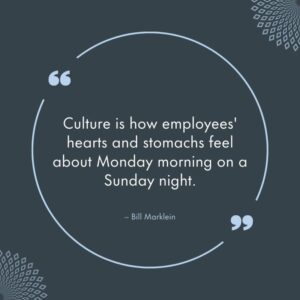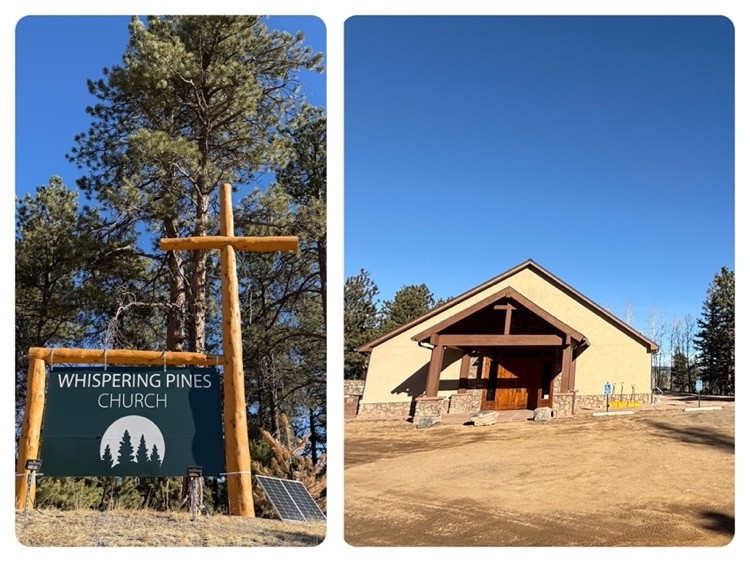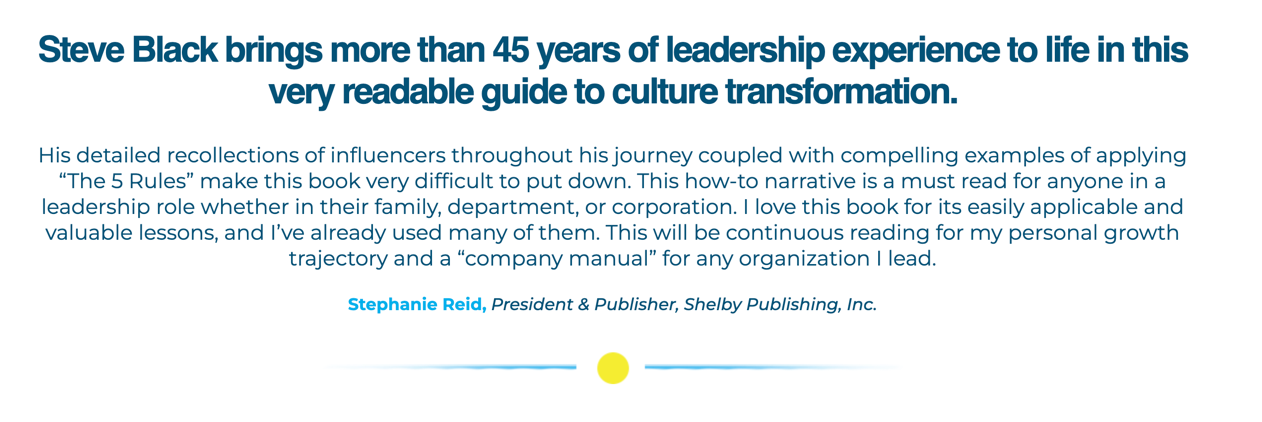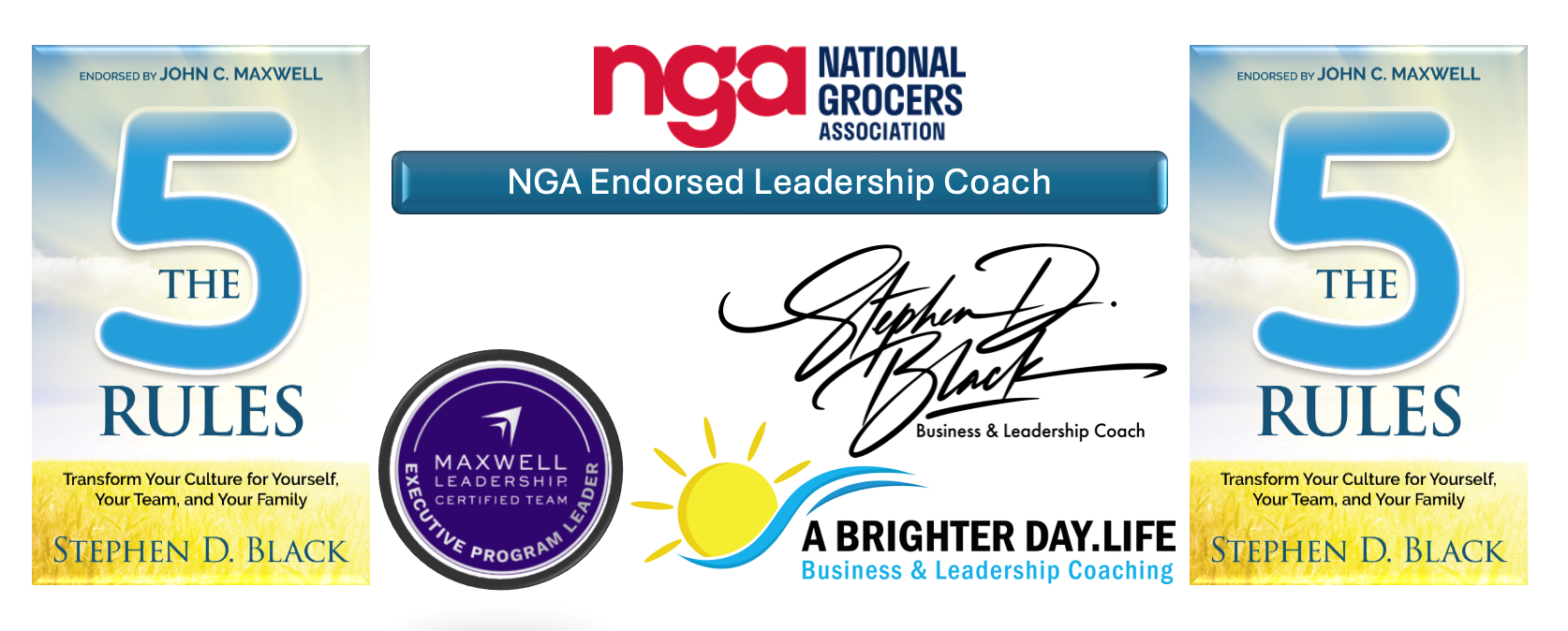
We’ve lived in the Rocky Mountains for the last ten years. As we spend more time in the High Country and when I go on my daily walks or just sitting out on the deck enjoying the views of the snowcapped Rocky Mountains and the sea of green pine trees stretching as far as the eye can see – I’ve noticed something over the years…..

Pine Trees near our home in Colorado
It can be a calm day, and then you hear something. At first, it tickles your ears like the buzz of a distant bee, then it grows louder. It almost sounds like a car coming up our gravelly dirt road – but where we live – we don’t have a lot of road traffic or noise.
First, you hear it, then within a few seconds, you feel it, then you can see the effects of it as it goes by you. Pine trees are particularly good at amplifying the sound of the wind because of their dense needle structure, which can create a more pronounced rustling noise compared to other types of trees.
The reason you hear the wind in the pine trees before you feel it and see the effects of it is due to the way sound travels compared to the movement of air.
When the wind blows through the pine trees needles and branches, it creates a rustling sound. This sound travels to your ears at the speed of sound, which is about 343 meters per second (1,125 feet per second) in air. On the other hand, the actual movement of the wind through the pine needles and branches takes longer to reach you, especially if you’re some distance away from the trees.
The connection of the ‘whispering pines’ to the culture in our businesses is pretty amazing!
1. First, you hear about it
2. Second, you feel it
3. Third, you see the effects of it
All of these elements are the “ingredients” of your culture. And as we’ve all seen the definition of culture by Bill Marklein:
“Culture is how employees’ hearts and stomachs feel about Monday morning – on a Sunday night!”

Now to link this together with one of my life lessons in my book:

“Whispering Pines” often refers to the gentle, soothing sound that wind makes as it moves through pine trees. This phrase is commonly used in literature and music to evoke a sense of peace, tranquility, and connection with nature. The sound of the wind rustling through the pine needles can be quite calming and is often associated with serene, natural settings.
As a leader, you are making sounds as you go about your day as well as with all your connections. We can all learn how critical it is to create a culture of peace, tranquility and connection with our teams, just like the “Whispering Pines” do. This doesn’t mean that things can’t get a little loud or exciting at times. We get gusts of 50-90 mph regularly – and that causes a lot of loud noise and some damage. Tree branches break, pine needles fly, deck chairs rearrange themselves and sometimes a 50 ft pine tree will thud to the ground. The flurry of busy and challenging times at work is normal, but it is up to you as leaders to keep the chaos from getting out of hand and bring it back down to a normal ‘whisper’.
Another really cool connection we get to experience is that “Whispering Pines” is the name of our little mountain church we attend! This church most definitely evokes a sense of peace, tranquility, and a spiritual connection with nature!

We’ve all heard throughout our careers that people don’t quit companies, they quit leaders. We’ve also heard throughout our careers that we are in the people business.

So, my challenge for myself and my challenge to you is to make sure WE aren’t the reason people leave our companies! WE should be the reason they want to stay! As we always, always, always – keep people first and evoke a sense of peace, tranquility, and connection with them using this lesson!
“Be the whispering pine in your organization – and at home!”



